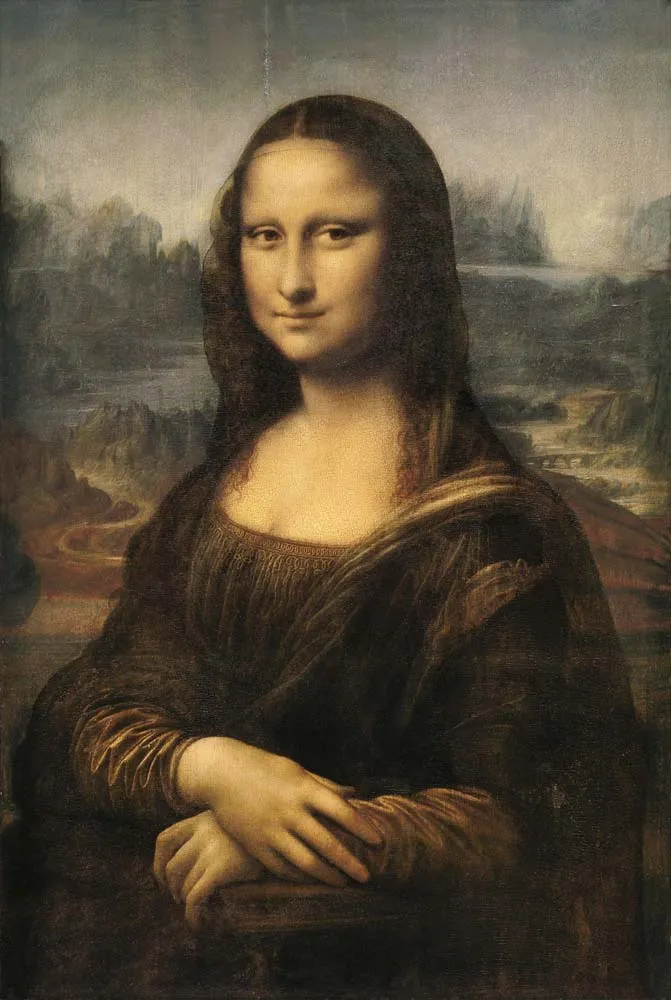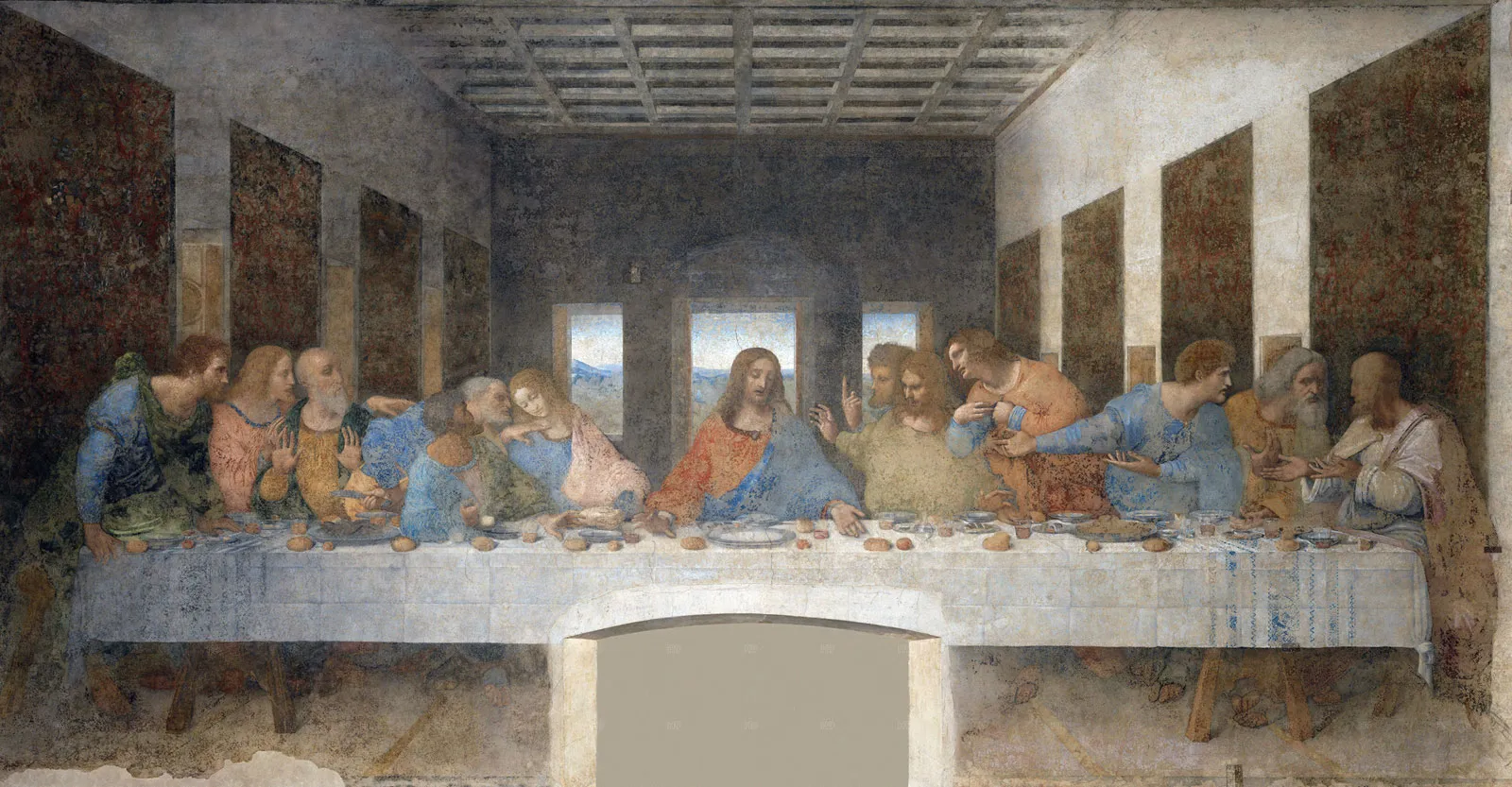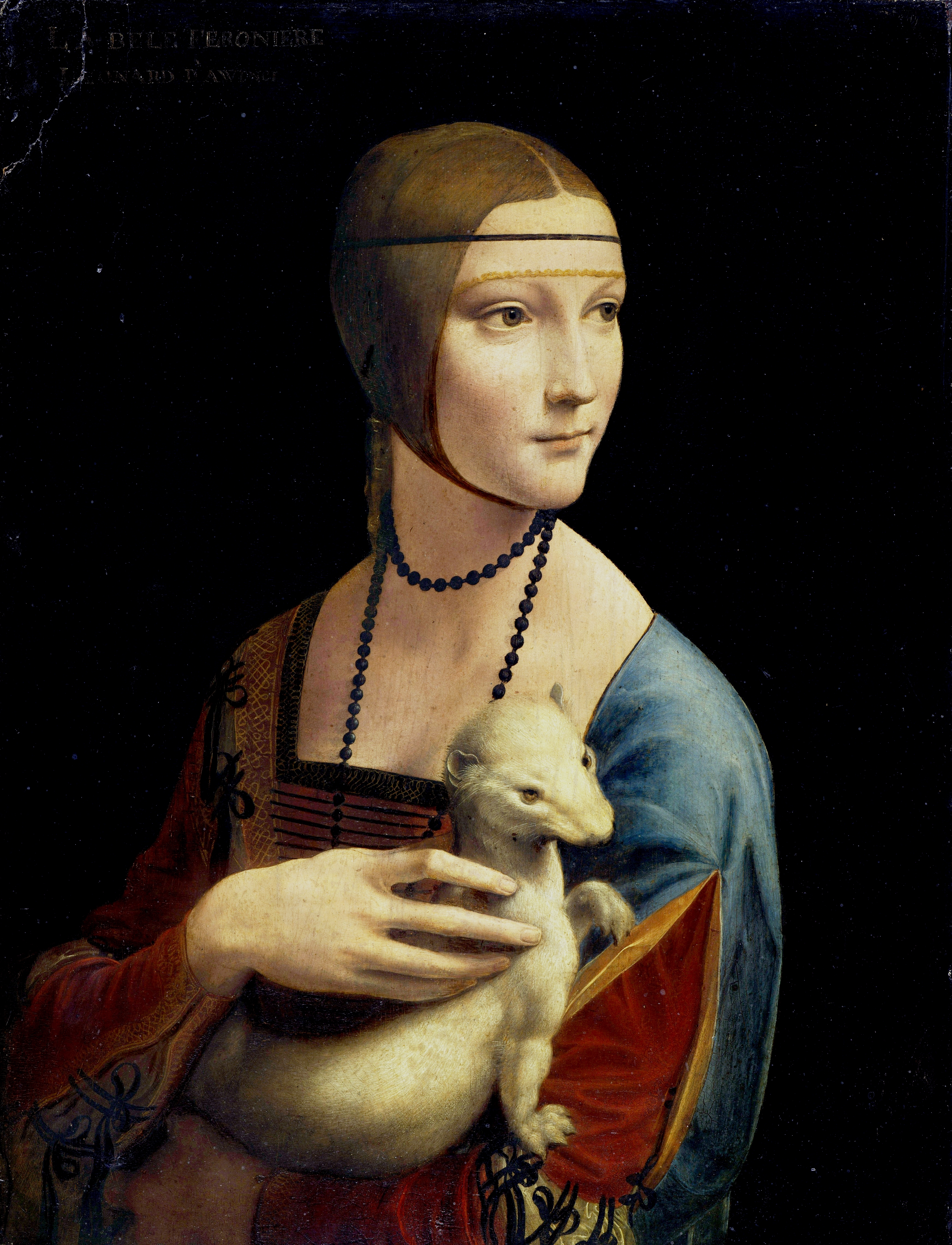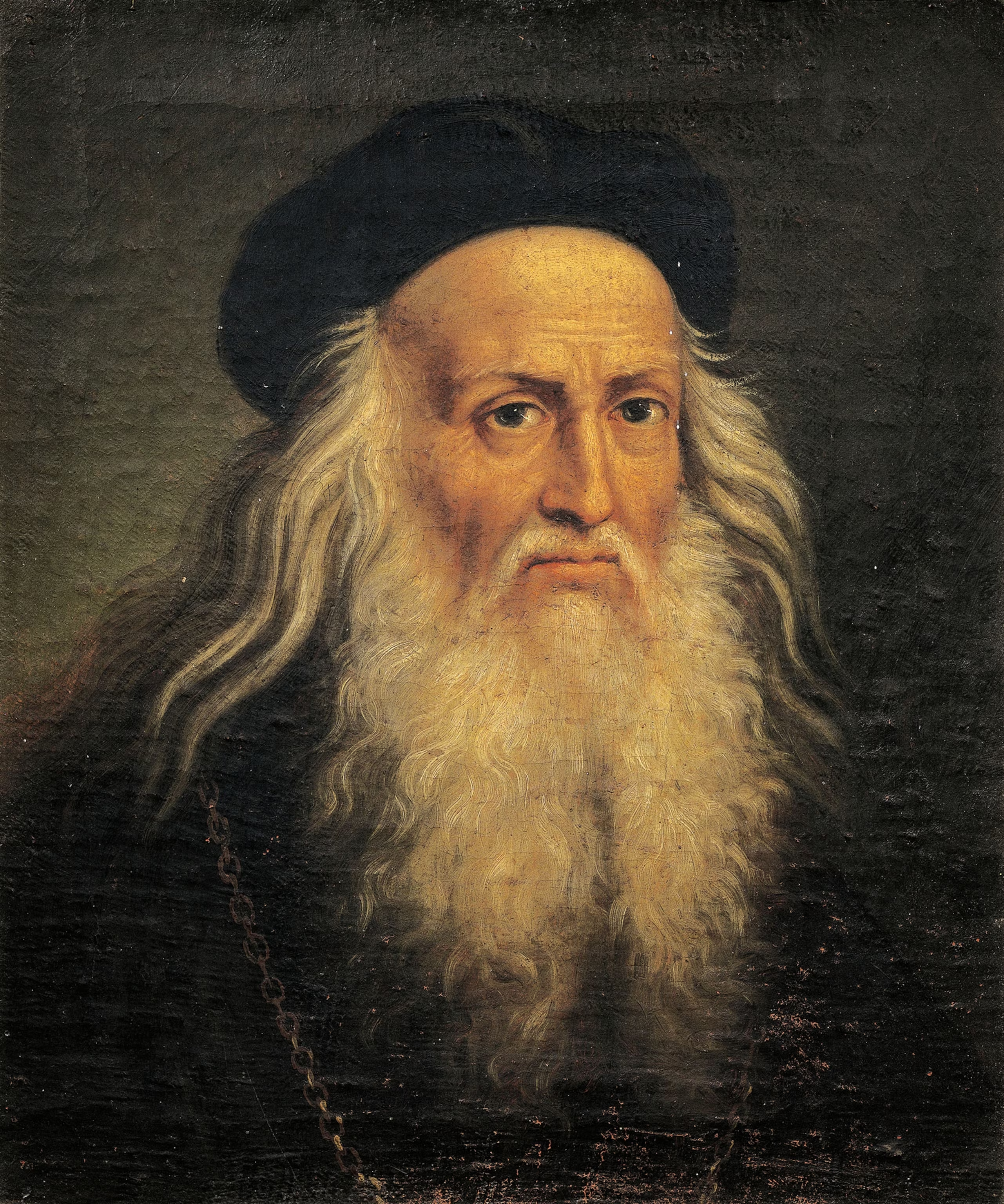Leonardo da Vinci

Leonardo da Vinci (1452–1519) was more than a Renaissance artist—he was the very definition of a Renaissance mind. A painter, engineer, inventor, architect, musician, and anatomist, Leonardo embodied insatiable curiosity and the belief that all knowledge is connected. He lived in an era of discovery, but his vision stretched far beyond his time, leaving behind ideas and artworks that still shape how we see art, science, and human potential.

As a painter, Leonardo revolutionized Western art. His 'Mona Lisa' remains the most recognized portrait in the world, not only for its lifelike realism but also for its enigmatic smile and the subtle sfumato technique he pioneered—soft, smoky transitions that gave flesh and fabric unprecedented depth. In 'The Last Supper', he transformed a religious narrative into a dramatic, human story, capturing emotion and psychology with a realism that influenced generations of artists. His ability to render the complexities of the human spirit with brush and pigment forever changed portraiture and narrative painting.

But Leonardo’s genius did not stop at the easel. His notebooks reveal a restless mind that saw no boundaries between art and science. He dissected human cadavers to sketch muscles, organs, and bones with an accuracy that anticipated modern anatomy. He filled pages with designs for flying machines, hydraulic systems, weapons, and urban infrastructure—some centuries ahead of their invention. To Leonardo, drawing was not just an artistic practice but a tool for discovery, a way of thinking visually about the mysteries of nature and technology.

Leonardo’s 'Vitruvian Man' stands as a symbol of the Renaissance itself, uniting mathematics, philosophy, and human form into one iconic image of balance and harmony. This work epitomizes his belief that art and science were not separate disciplines but two languages describing the same truths. His fusion of careful observation, technical mastery, and boundless imagination made him the blueprint for the modern idea of the ‘universal genius.’
Leonardo da Vinci’s legacy is not only in the works he completed but in the questions he asked. His art showed humanity’s soul, while his inventions hinted at futures yet to come. He taught the world that curiosity fuels creativity, and that through fearless exploration of both beauty and knowledge, one person can change how the world sees itself forever.

?
How did Leonardo's scientific studies influence his approach to painting?
What is the meaning behind the Vitruvian Man, and why has it become such a powerful symbol?
How did Leonardo da Vinci's background and personal experiences shape his art and innovation?
In what ways does The Last Supper break away from earlier depictions of the same subject?
Why is the Mona Lisa considered one of the most enigmatic and studied paintings in history?
What can Leonardo teach us about the connection between observation, creativity, and invention?
Dig Deeper
Have you ever heard of the painting we call the Mona Lisa? It's one of the most famous paintings in the whole world, and it was painted by one of the most famous artists ever: Leonardo da Vinci. In Leonardo da Vinci for Kids, you and your students will learn all about him and his life and accomplishments.
Exploring the mind of Leonardo da Vinci—artist, engineer, and relentless observer of the world.
What's so special about Leonardo da Vinci's Vitruvian Man? With arms outstretched, the man fills the irreconcilable spaces of a circle and a square -- symbolizing the Renaissance-era belief in the mutable nature of humankind. James Earle explains the geometric, religious and philosophical significance of this deceptively simple drawing.
Discover more

Michelangelo
Michelangelo believed that every block of marble held a figure waiting to be freed. With unmatched vision and tenacity, he chiseled human spirit out of stone and brought biblical stories to life on plaster. His legacy reminds us that true creativity doesn’t shy away from struggle—it shapes it into something eternal.

Pablo Picasso
Picasso showed us that art isn’t just decoration, it’s a language. One that speaks in shapes, colors, and symbols. He dared to make things ugly, strange, or uncomfortable if it meant telling the truth. That’s the kind of bold creativity that still inspires artists today.

Henri Matisse
Matisse showed us that creativity is about more than talent, it’s about courage. He wasn’t afraid to color outside the lines, break the rules, and start over when life demanded it. His art invites us to see the world as a place of bold beauty, deep feeling, and endless possibility.
Further Reading
Stay curious!
